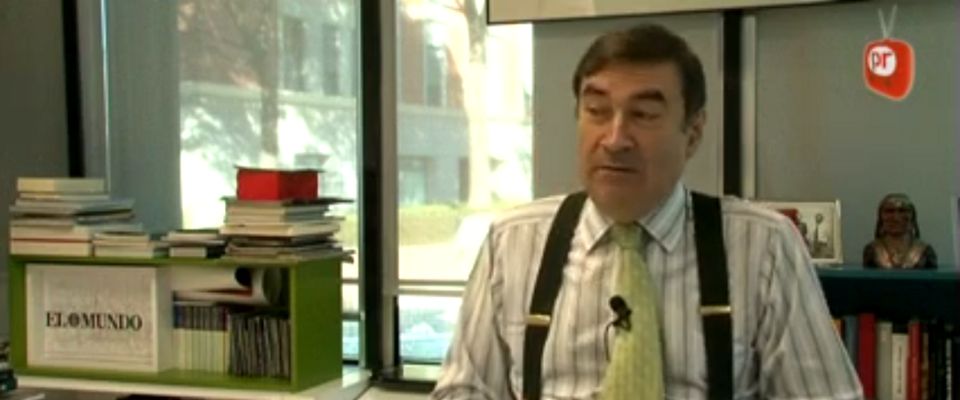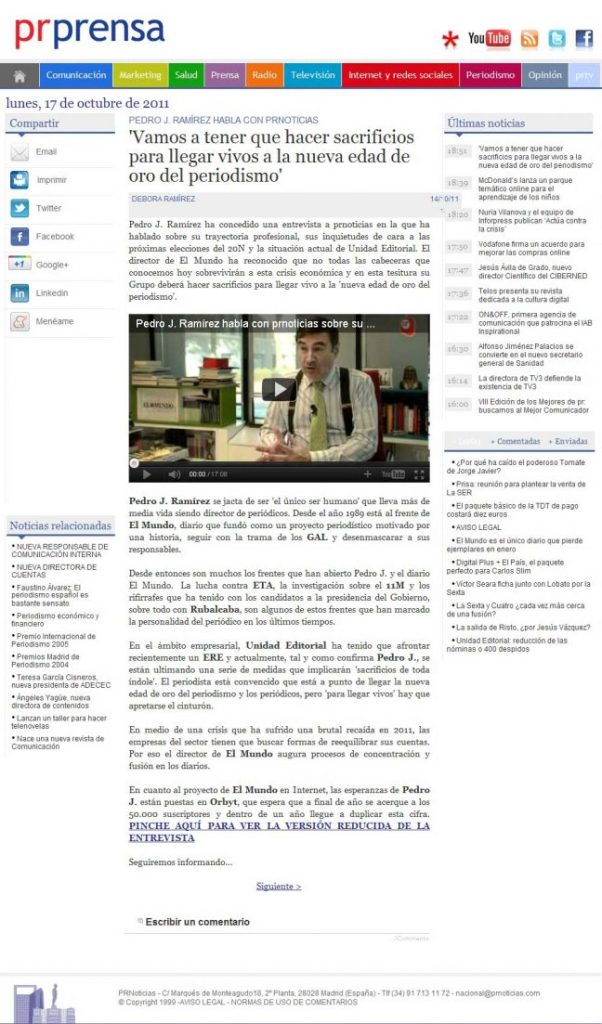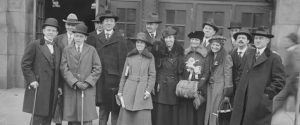In the same information medium in which Pedro J. Ramírez assured that “we are going to have to make sacrifices to reach the new golden age of journalism alive”, Eva Sánchez, managing partner of A Toile affirms:
“This vocabulary defines us completely because we are a boutique, which, like a tailor, works according to the needs of the brand with a very clear objective: to increase its notoriety, in a cheaper and more effective way than advertising would do; our objective is to help the firm increase its sales”.
As you may recall in 2003, during the “dotcom bubble bluf”, Edelman sponsored Al Ries on a book tour; I guess to convince the agency’s potential clients that “advertising was dead, long live PR”. Almost ten years later, the message of Al Ries and his daughter, Laura, is still making an impact on the media and on the credibility of advertising as a tool for delivering a commercial message to the end consumer.
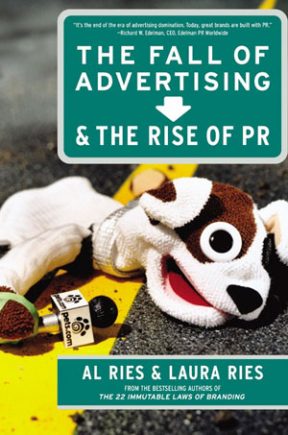 With such credentials, I decided not to waste a minute of my time with this book, so my comment is limited to the communication campaign that was orchestrated, with the excuse of its launch, to sell the benefits of public relations and therefore the services of Edelman.
With such credentials, I decided not to waste a minute of my time with this book, so my comment is limited to the communication campaign that was orchestrated, with the excuse of its launch, to sell the benefits of public relations and therefore the services of Edelman.
Basing the sale of public relations on a campaign to discredit advertising is STUPID, firstly because it is counterproductive to the interests of those who promote it and, secondly, because it is a basic error of concept, which denotes a total lack of knowledge of the subject on which one is trying to lecture.
You don’t have to be a visionary to realise that, if one day advertising dies, with it will die most of the independent media, freedom of the press, freedom of expression and, of course, public relations. Anyone with two fingers on the pulse should realise that to attack the interests of our main partners in the information “distribution chain” is to kill the “goose that lays the golden eggs”. Moreover, the goose that these gentlemen are trying to kill does not belong to them, but to society as a whole and represents a value on which people’s fundamental rights are based.
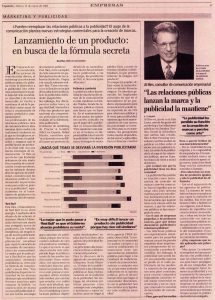 On the other hand, this statement is false, although it is true that public relations provides credibility (the information offered is “endorsed” by the journalist) and offers a lot of content (we spend our time reading articles in magazines, newspapers, websites, …), public relations does not offer frequency. We cannot say whatever we want, nor repeat the same message every day in the same newspaper, that is what advertising is for, and it is very effective.
On the other hand, this statement is false, although it is true that public relations provides credibility (the information offered is “endorsed” by the journalist) and offers a lot of content (we spend our time reading articles in magazines, newspapers, websites, …), public relations does not offer frequency. We cannot say whatever we want, nor repeat the same message every day in the same newspaper, that is what advertising is for, and it is very effective.
Although there are countless factors that influence the need for greater or lesser frequency, in most cases, public relations alone cannot reach the minimum threshold necessary for a message to be effective. On the other hand, due to the clarity and evidence of the advertising message, with equal OTS (opportunity to see), i.e. opportunities for our message to be seen, advertising will always offer a greater number of impacts than public relations, as not everyone is going to read the news item or caption in which our brand is referred to.
Advertising and other communication techniques are fundamental to achieve brand positioning and, in order to obtain high frequencies, advertising is undoubtedly the most effective. Leaving the building of a brand solely and exclusively to public relations is a mistake that is paid for with a very slow or non-existent positioning. Showing off to the media with statements such as that the company does not need to advertise …, is an even more serious mistake that is paid for, in the medium term, with the logical enmity of the media.
Jaime Ávila Rodríguez de Mier
General Director of Recursos de Mercado
Published on 17 october 2011 in the magazine:
